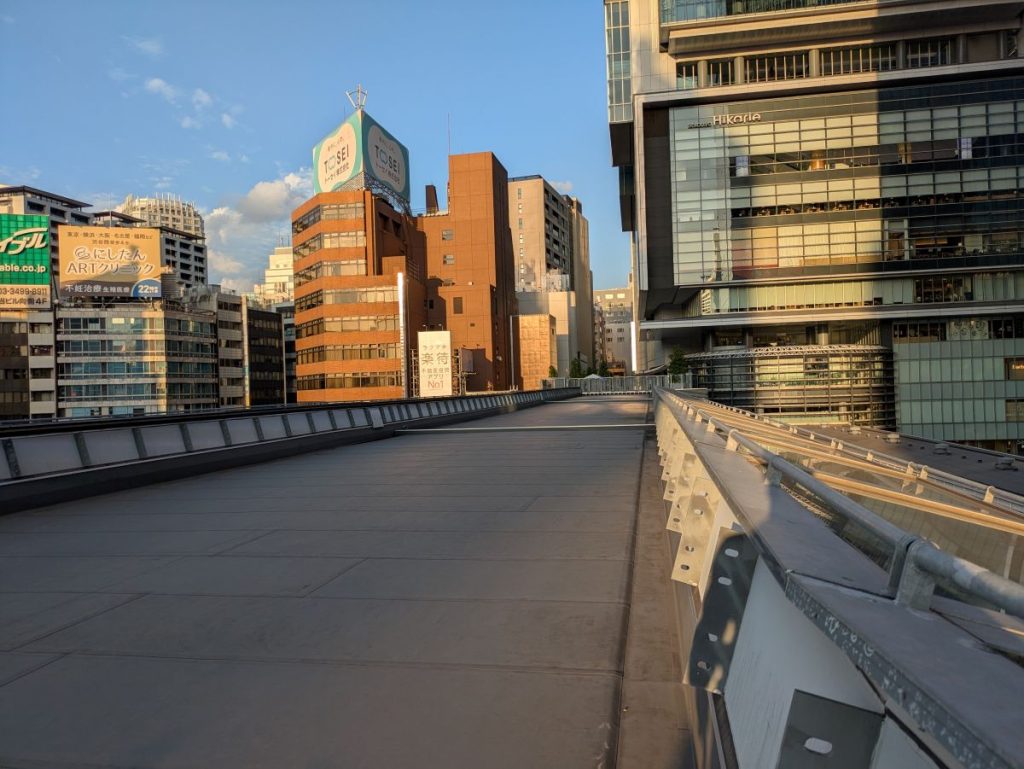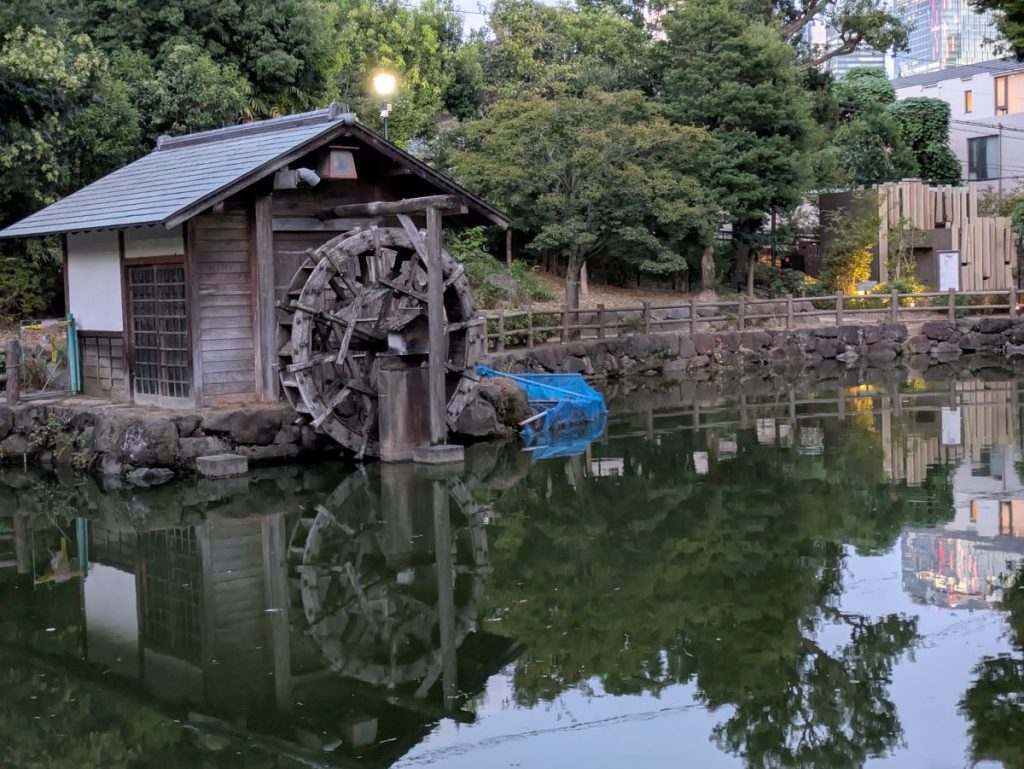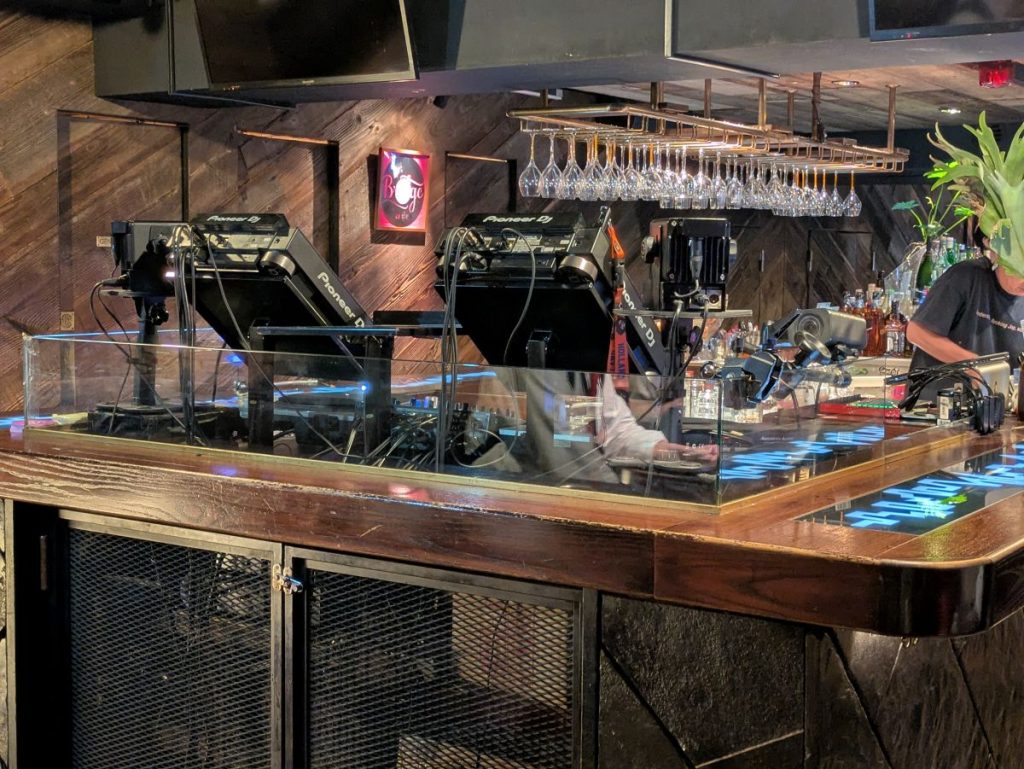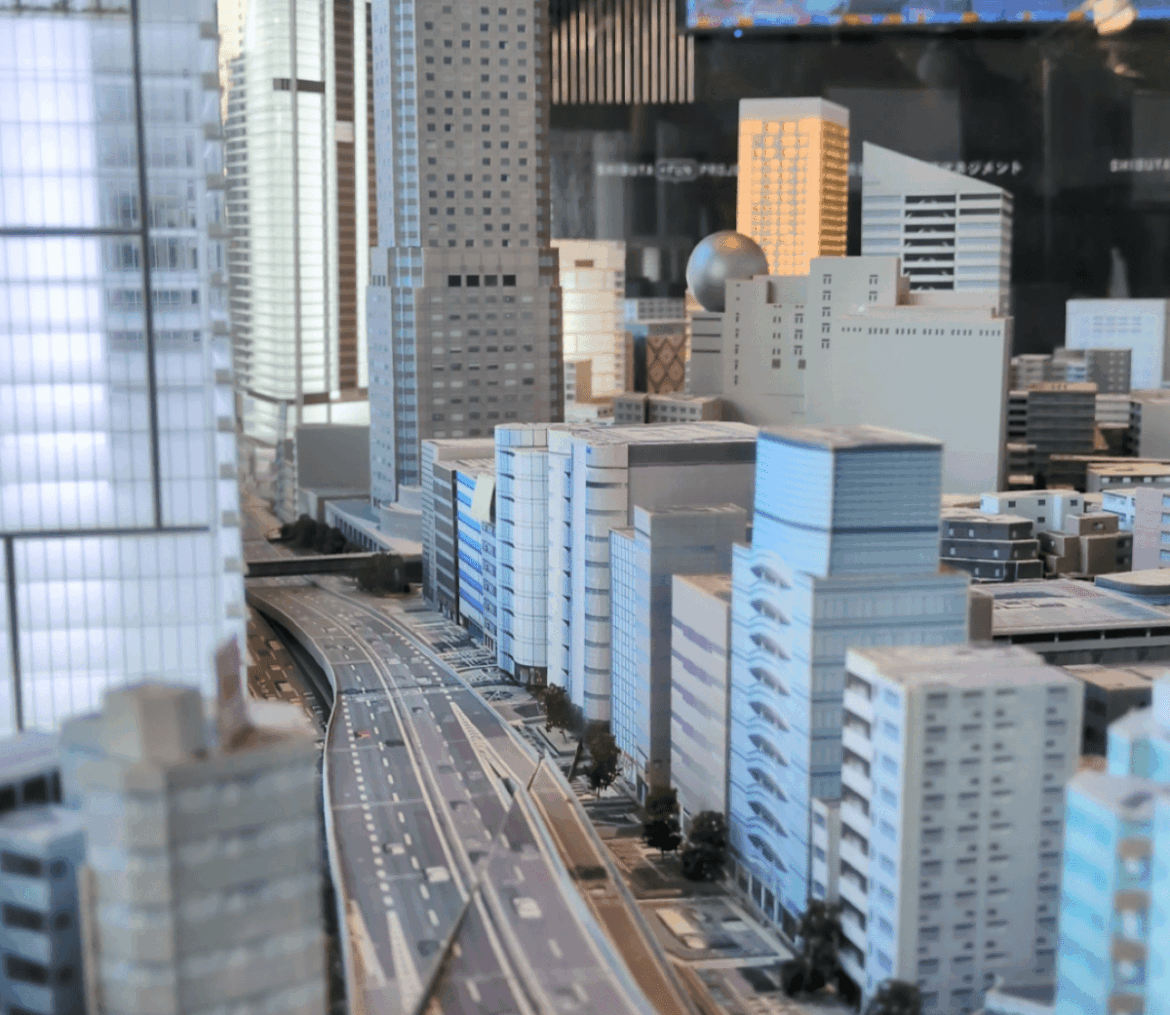Visitors to Shibuya often think only of the scramble crossing, Hachiko statue, or packed shopping streets. Yet behind these familiar landmarks, Shibuya is undergoing a once-in-a-century transformation designed to make the district safer, more accessible, and more livable.
On a recent media tour, which began at Shibuya Hikarie, participants were introduced to the Urban Core concept, an ambitious redesign of the station area that will anchor the district’s future.
Mayor Ken Hasebe explained that the project is not simply about new buildings but about rethinking how people move through the city. “We want to move away from the image of Shibuya as just a crowded, noisy place. Our goal is for it to become a city to stroll and admire, a place where both visitors and residents feel safe.”
The Urban Core and Shibuya Hikarie
The Urban Core centers on Shibuya Hikarie, a cultural and commercial high-rise that has become a gateway to the district. The building connects directly to Shibuya Station and serves as a test site for innovations in urban flow. From its upper floors, visitors could see the Sky Way taking shape: an elevated deck that will eventually allow pedestrians to circulate above the streets.
“The Urban Core and Sky Way will disperse crowds, improve accessibility, and even reduce the risk of accidents during large events like Halloween or New Year’s Eve,” Hasebe said.
 Sky Way (©JAPAN Forward)
Sky Way (©JAPAN Forward)
By linking station plazas, commercial towers, and surrounding neighborhoods, the Sky Way will help smooth the transitions between Shibuya’s multiple layers. These include subways underground, trains at ground level, and new pedestrian routes in the sky.
Officials explained that this layered design reflects both necessity and creativity. Shibuya sits in a bowl-shaped valley, making flood prevention, crowd management, and accessibility constant challenges.
The Urban Core uses escalators, elevators, and pedestrian passages to overcome height differences, while the Sky Way adds a futuristic horizontal axis above the streetscape. They stressed that the goal is not only functionality but also a new kind of urban experience: a city that can be “walked in three dimensions.”
Historic Parks and Green Escapes
A short walk from the bustle of Hikarie, Nabeshima Shoto Park offered a striking contrast. Once part of the Nabeshima family estate, the park was opened to the public in 1924 and still features a natural spring, one of the few remaining in the ward.
“The spring here is one of the few natural springs still flowing in Shibuya,” a guide explained. “It connects us to the past while giving residents a quiet place to relax today.”
 Waterwheel at Nabeshima Shoto Park (©JAPAN Forward)
Waterwheel at Nabeshima Shoto Park (©JAPAN Forward)
The area, once called Oyama, became known as “Japan’s Beverly Hills” for its elegant residences. Today, the park’s pond, benches, and tree-lined paths provide a refuge from the surrounding city. “When the Nabeshima family opened this estate as a public park in 1924, it symbolized a shift from private privilege to shared community space,” the guide noted.
The park is also home to one of the Tokyo Toilet Project’s designer restrooms, created by world-renowned architect Kengo Kuma. The structure gained international attention after appearing in Wim Wenders’ acclaimed 2023 film Perfect Days, which highlighted Shibuya’s innovative approach to public space. This playful yet practical addition symbolizes how the ward weaves design into everyday life, marrying functionality with culture.
 Architecture that Inspires
Architecture that Inspires
Culture also takes architectural form in Shibuya. At the Shoto Museum of Art, guides highlighted the work of architect Seiichi Shirai, a contemporary of the world-renowned architect Kenzo Tange. Though less known internationally, Shirai was a pioneer of postmodern experimentation in Japan.
“Shirai’s buildings appear closed and austere from the outside,” one architecture expert said, “but once inside you find shafts of light and quiet spaces that feel almost spiritual.”
“He pioneered a style in Japan that freely recombined elements of East and West. That’s why postmodern architects admired him so much,” the guide added.
The Shoto Museum, completed in 1980, remains a striking example of his approach: austere from the street yet filled with light and contemplative spaces within. In this sense, it reflects the dual identity of Shibuya itself, at once a global metropolis and a place of hidden stillness.
Asked whether this closed form was deliberate, the guide reflected: “It may well have been meant to shield the interior from the noise and chaos of Shibuya’s streets. By closing off the outside, Shirai created an oasis of calm where light, not sound, defines the space.”
Nightlife as Cultural Capital
If Shibuya’s days are about shopping, offices, and parks, its nights are about music and community. The tour concluded at Bridge, a compact DJ bar near the scramble crossing. For decades, Shibuya has been a magnet for youth arriving from across Japan with dreams of music, fashion, and art.
“Music brings people together,” said Bridge’s owner. “In Shibuya’s clubs and bars, friendships are formed, ideas are sparked, and sometimes even companies are born.”
One ward representative underscored nightlife’s importance to the city’s identity. “Shibuya has always been a place where differences turn into strengths,” she said. “That’s why its nightlife — its DJ bars and music clubs — are as much heritage here as temples are in Kyoto.”
 Endless Shibuya Nights
Endless Shibuya Nights
Shibuya’s nightlife has also undergone regulatory transformation. Until the mid-2010s, strict laws prevented dancing past midnight. Lobbying by artists, club owners, and the hospitality industry, bolstered by the 2020 Olympics, led to reforms. Now DJs can keep crowds moving until dawn, fueling what officials call the “night-time economy.” Today, Shibuya boasts about 60 music bars and some of Tokyo’s largest clubs.
 DJ BAR Bridge (©JAPAN Forward)
DJ BAR Bridge (©JAPAN Forward)
“For ten years I searched for a space near the scramble where people could enjoy music above ground, not just in basements,” the owner explained. “Bridge is meant to be that kind of place.”
He added that Shibuya’s nightlife bridges generations: “Today, DJs from older generations share the stage with Gen Z newcomers. The standard of music keeps rising, and Shibuya gives them all a platform.”
Balancing Growth and Responsibility
Shibuya’s popularity brings real challenges, especially during Halloween when crowds can overwhelm the district. Mayor Hasebe acknowledged that while the city welcomes visitors, “annoying Halloween” behavior, like leaving trash or blocking streets for photos, creates congestion and risks accidents. What might seem like harmless fun, he warned, quickly multiplies when thousands do the same, leaving “the city covered in garbage” and straining safety efforts.
For years, the ward has coordinated with police, public transport, and local shopkeepers to keep these nights safe. But with visitor numbers climbing again, Hasebe stressed that prevention is not enough. He appealed directly to those covering Shibuya: “This year is especially critical. We ask the media to help spread awareness so that everyone can enjoy these events safely and comfortably.”
At the same time, Hasebe made clear that Shibuya’s future should not be defined only by managing crowds. Beyond Halloween and the scramble crossing, he said, the district’s true strength lies in its variety, from nightlife to culture to quiet corners of green. In his words, Shibuya is “a city to explore in many ways, not just one.”
 RELATED:
RELATED:
Author: Daniel Manning
Continue Reading


AloJapan.com